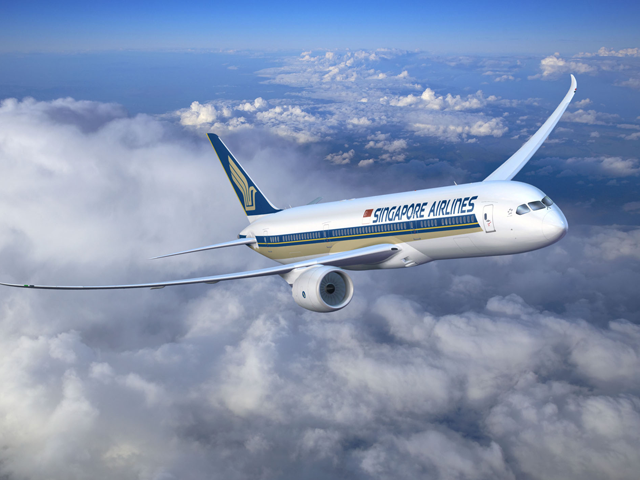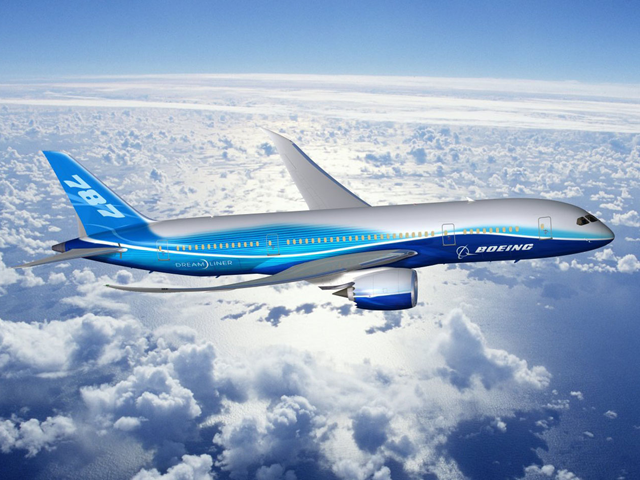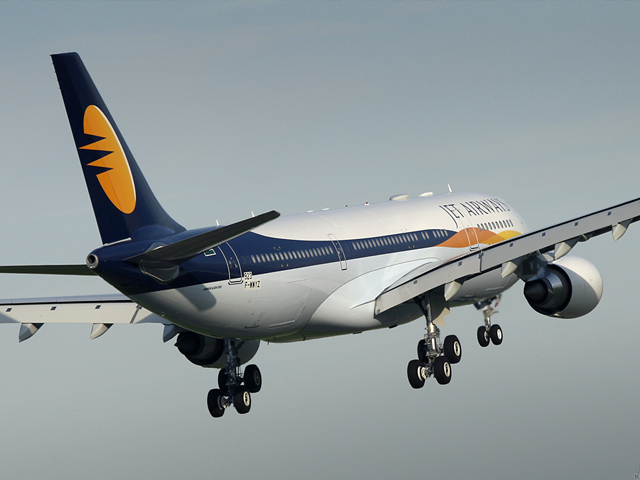THE SAN FRANCISCO/OAKLAND BAY BRIDGE
Location: Interstate 80 between San Francisco and Alameda Counties.
Length: 23,000 feet (4.5 miles), total project: structural and roadway including approaches, toll plaza.
Structure: Suspension, tunnel, cantilever and truss
West Bay Suspension Bridge: Length 9260 feet (2822 meters),Vertical clearance 220 feet,Span Length 2,310 feet,Tower Height 526 feet (from water level)
East Bay Cantilever Bridge: Length 10,176 feet,Vertical clearance 191 feet,Span length 1,400 feet
Deepest Bridge Pier: 242 feet below water level - 396 feet high
Tunnel: Largest bore tunnel in the world: 76' wide, 58' high (546 meters (1700') long)
Opened: November 12, 1936
Cost: $77 million (Including Transbay Transit Terminal)
Traffic Lanes: Upper level: five lanes westbound
Lower level: five lane eastbound
Avg. Daily Traffic: 270,000 vehicles
CONSTRUCTING THE IMPOSSIBLE
Conceived in the Gold Rush Days, a bridge spanning the San Francisco Bay linking The cities of San Francisco and Oakland always seemed like an engineering and financial impossibility. The water separating the cities was too deep and wide. In fact, in 1921 a transbay underwater tube crossing was recommended as the best way of crossing the bay. However this idea was soon deemed inappropriate for automobile traffic.
Practical and economic concerns would make the bridge a reality. Oakland streetcar lines were laid out to feed passengers to a fleet of ferry boats traversing the bay. In 1928, ferries carried over 46 million passengers between the two shorelines. Finally, with the popularity and mass production of the automobile, it was determined that a bridge was necessary and such a structure could support itself with tolls.
In 1926, the California Legislature created the Toll Bridge Authority, a policy-making body charged with the responsibility for bridging San Francisco and Alameda County.
The challenges facing the Toll Bridge Authority were monumental. California State Highway Engineer Charles C. Purcell was put in charge of organizing the design and construction of the Bay Bridge. Fortunately, between the two shorelines was a mountain of shale rock rising above the Bay: Yerba Buena Island. The island divides the Bay into two sections allowing for two crossings, which would meet at the island. Permission was granted from the Army and Navy, tenants of the island, to use it as an anchorage.
Yet spanning the 1.78 miles between the San Francisco and Yerba Buena Island required ingenuity on a grand scale. The water, 100 feet deep at some points, and the underlying soil conditions required new techniques for placing bridge foundations. The solution: build two suspension bridges.
Using plans conceived by Daniel E. Moran of New York, the nation's top expert on deep-water foundations, Purcell decided to build a center anchorage between the shoreline and Yerba Buena Island. The anchorage would be a monolithic concrete pier supporting one end of each of the two suspension bridges connecting Yerba Buena Island with San Francisco.
New techniques were implemented in the construction of the center anchorage. Fifty-five steel tubes, each 15 feet in diameter were filled with compressed air, bound within a caisson and towed via tugboat to the middle of the channel. Anchors were installed on the bay bottom and cables from the anchors were used to guide the caisson into place. The steel pipes were sunk through the water into the Bay mud. Clamshells, a digging apparatus lowered by chain, were dropped through the huge pipes to excavate the bay mud. Water jets were used to clear the mud in the spaces between the pipes. As one pipe was lowered to a desired depth it was capped and filled with compressed air, while the next pipe was lowered. Through this process the caisson was lowered over 100 feet through the bay mud and clay until it sat on bedrock 220 feet below the water at low tide.
The west bay's first suspension tower was installed using coffer dams to provide a dry work area for the foundation. Steel sheet piles were driven into the bay floor, eventually forming a water tight coffer dam. The sea water was then pumped out and the suspension bridge tower's foundation was laid. Hammerhead cranes, rising from atop the tower itself, were used to raise the steel structure. Four suspension towers were constructed in this manner, two on each side of the center anchorage.
A total of 17,464 wires, each 0.195 inches in diameter, were spun in each of the two cables supporting each bridge. A shuttle wheel took a loop of wires from one anchorage and carried it over the towers to the other anchorage, hooking it to anchored eyebars. The shuttle then picked up another loop of wire and shuttled it back, hooking this loop on an eyebar at the other end. In this manner the cables were spun, forming a cable which is 28.75 inches in diameter. Each cable exerts a pull of 37,million pounds of dead and live load on its anchorage.





 12:00 AM
12:00 AM
 Charles dickens
,
Charles dickens
,

































